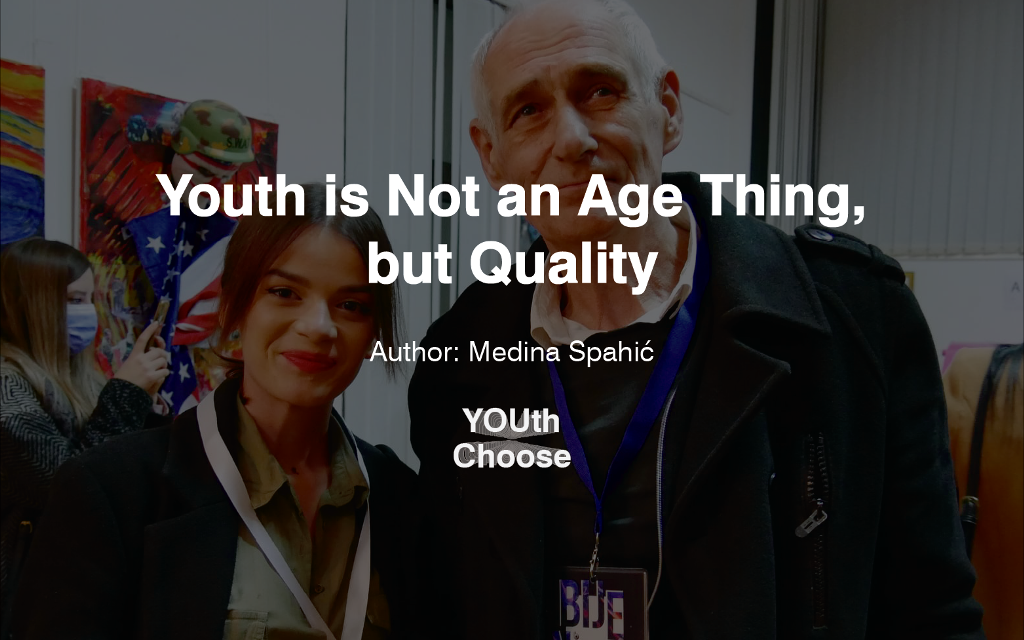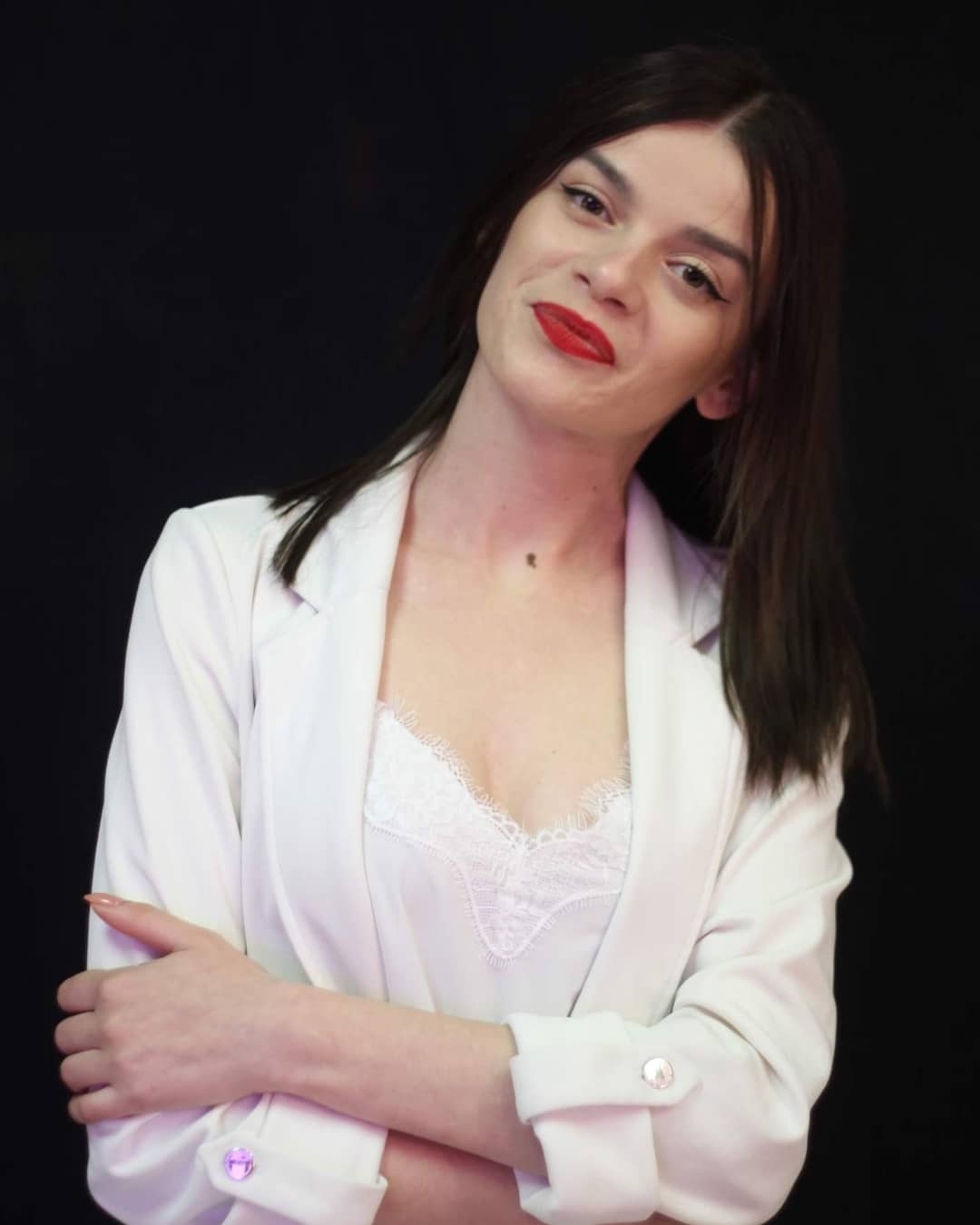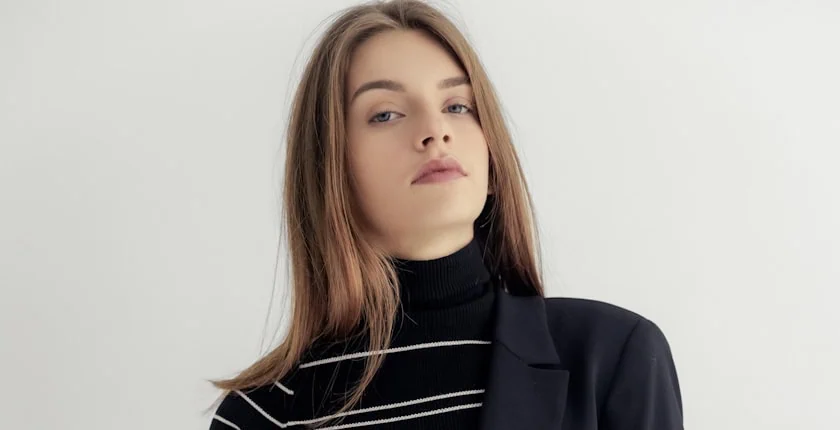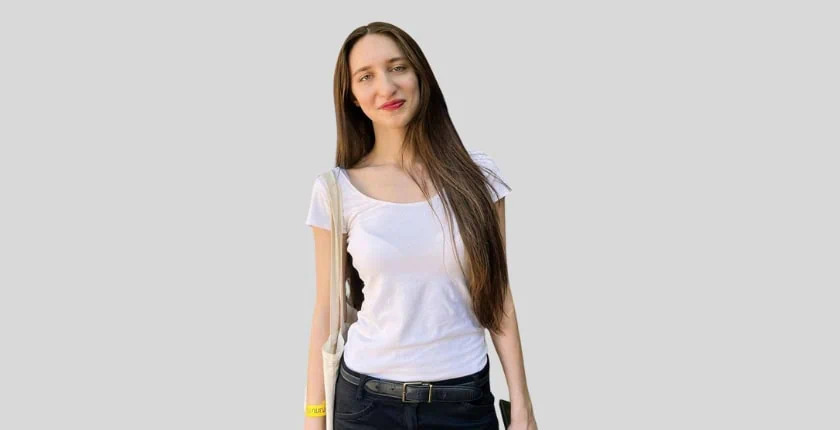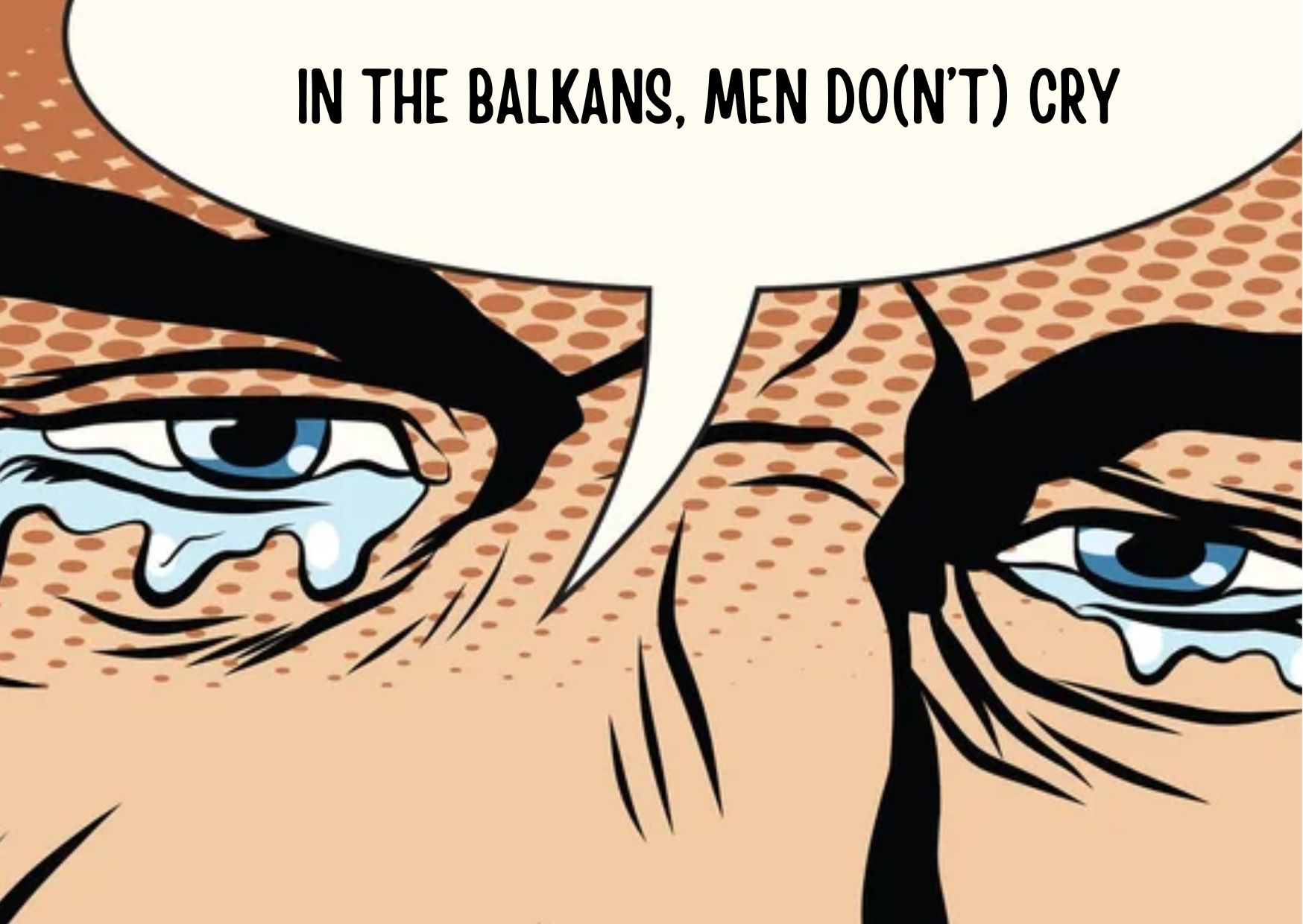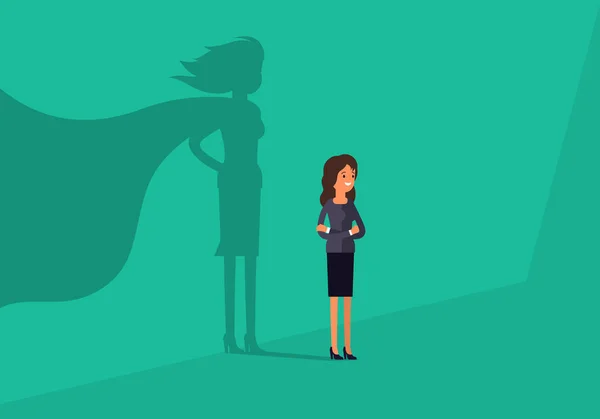The 72-year-old young spirited artist shares his take on media, culture and youth.
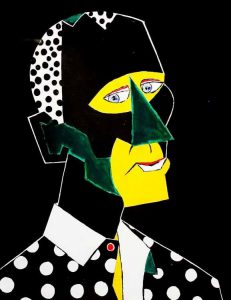 Aleksandar Saša Bukvić, one of Cervantes’ last knights, who is fighting a battle against the windmills of the local world. The 72-year-old, whose spirit is younger than most young artists. Fighting for his greatest love, art, he connected the incompatible, did impossible things and all this with one goal – so that art would not live on the edge of existence. He is the founder of the art group “Zvono”, which started working in the 80’s and which left a significant impact on the art of Bosnia and Herzegovina. He is one of the founders of the famous “Yugoslav Documents”, the most important manifestation dedicated to the contemporary visual art of Yugoslavia. He is the initiator of the new program of the Charlama Gallery, “Charlama on Saturdays at 1pm”. Through his work he has shown that everything is art if one knows how to shape it well. Starting with the most banal things like aprons from which he made people with souls in his famous work “Keceljići”. Showing them in different human situations (apron family, leaving aprons with friends in a cafe, family portrait of aprons …) all without human heads, showing literally only aprons, his art showed their soul in such a good way that when you watch that work you don’t just see plain white aprons, but people in situations like we’ve been in ourselves. He managed to turn football into art through the work “My Champion Team”, presenting his favorite artists in FKŽ jerseys at the Grbavica stadium, among whom were some of the most important artists from Bosnia and Herzegovina. He also combined his love for confectionery by shaping sweets into various characters such as Vučko, probably the most recognizable symbol of this city, who remembers some better times. Paying attention to the most important personalities, symbols of Bosnia and Herzegovina and the region, he made abstract portraits of the world-famous Marina Abramović, Jusuf Hadžifejzović, Zijah Sokolović and self-portraits in several series. Saša is actually not only creating art, but he is truly living it.
Aleksandar Saša Bukvić, one of Cervantes’ last knights, who is fighting a battle against the windmills of the local world. The 72-year-old, whose spirit is younger than most young artists. Fighting for his greatest love, art, he connected the incompatible, did impossible things and all this with one goal – so that art would not live on the edge of existence. He is the founder of the art group “Zvono”, which started working in the 80’s and which left a significant impact on the art of Bosnia and Herzegovina. He is one of the founders of the famous “Yugoslav Documents”, the most important manifestation dedicated to the contemporary visual art of Yugoslavia. He is the initiator of the new program of the Charlama Gallery, “Charlama on Saturdays at 1pm”. Through his work he has shown that everything is art if one knows how to shape it well. Starting with the most banal things like aprons from which he made people with souls in his famous work “Keceljići”. Showing them in different human situations (apron family, leaving aprons with friends in a cafe, family portrait of aprons …) all without human heads, showing literally only aprons, his art showed their soul in such a good way that when you watch that work you don’t just see plain white aprons, but people in situations like we’ve been in ourselves. He managed to turn football into art through the work “My Champion Team”, presenting his favorite artists in FKŽ jerseys at the Grbavica stadium, among whom were some of the most important artists from Bosnia and Herzegovina. He also combined his love for confectionery by shaping sweets into various characters such as Vučko, probably the most recognizable symbol of this city, who remembers some better times. Paying attention to the most important personalities, symbols of Bosnia and Herzegovina and the region, he made abstract portraits of the world-famous Marina Abramović, Jusuf Hadžifejzović, Zijah Sokolović and self-portraits in several series. Saša is actually not only creating art, but he is truly living it.
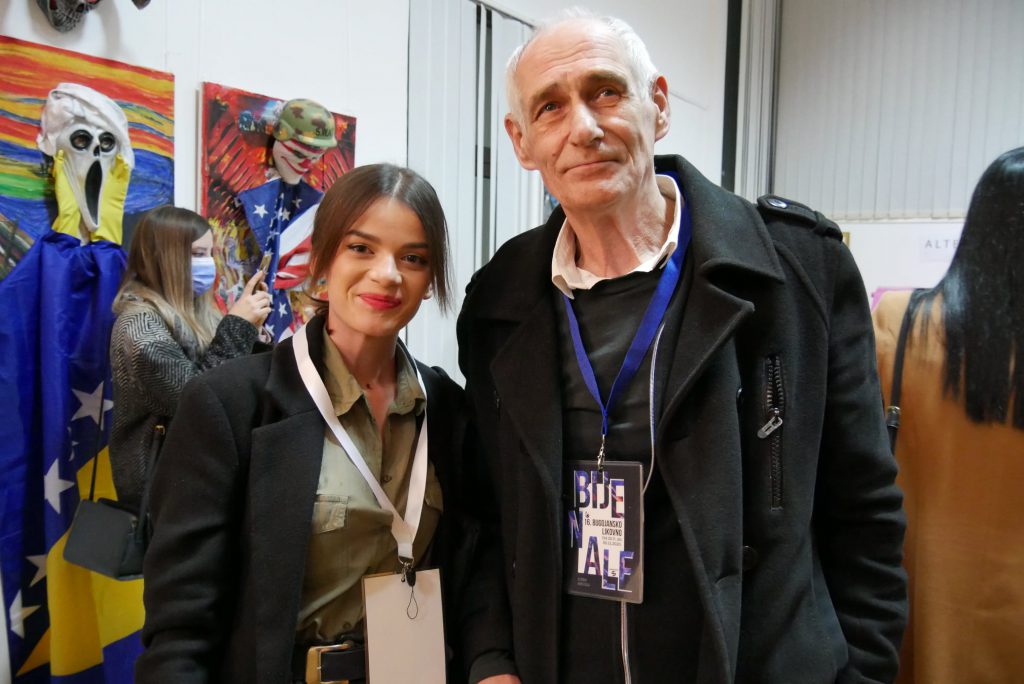
You have been working for 40 years. How much did the media mean to you as an artist and how important is the media for art in general?
Very early on, we, as the Zvono group, realized how important the media are. When the tabloid “As” published us on the front page, which resulted in everyone in Sarajevo finding out about us. You roughly do an exhibition, you set up an exhibition and that’s half the job, and the rest half the job is done by the media. If the exhibition is not presented in the media, then it is as if it never existed. We became aware of this very early on. As part of our 1986 exhibition at the Collegium artisticum, a special segment of the exhibition was the media presentation as part of the project, in addition to the documentary, exhibition and conceptual presentation. A month before the exhibition, we tried by all means possible to reach people from the media so that they could present it to the public. Then, in cooperation with TVSA, we made a video for that exhibition, as an advertisement for a cultural event. That one-minute video appeared along with all the other commercials. So the video about the group Zvono was aired together with advertisements about detergent, cars, furniture, which resulted in the fact that despite it raining cats and dogs, about 1000 people came, and that was unthinkable at the time. People are not aware of how important this is in general, not even artists, because if you fail to present your work in the right way, you almost don’t need to exhibit it.
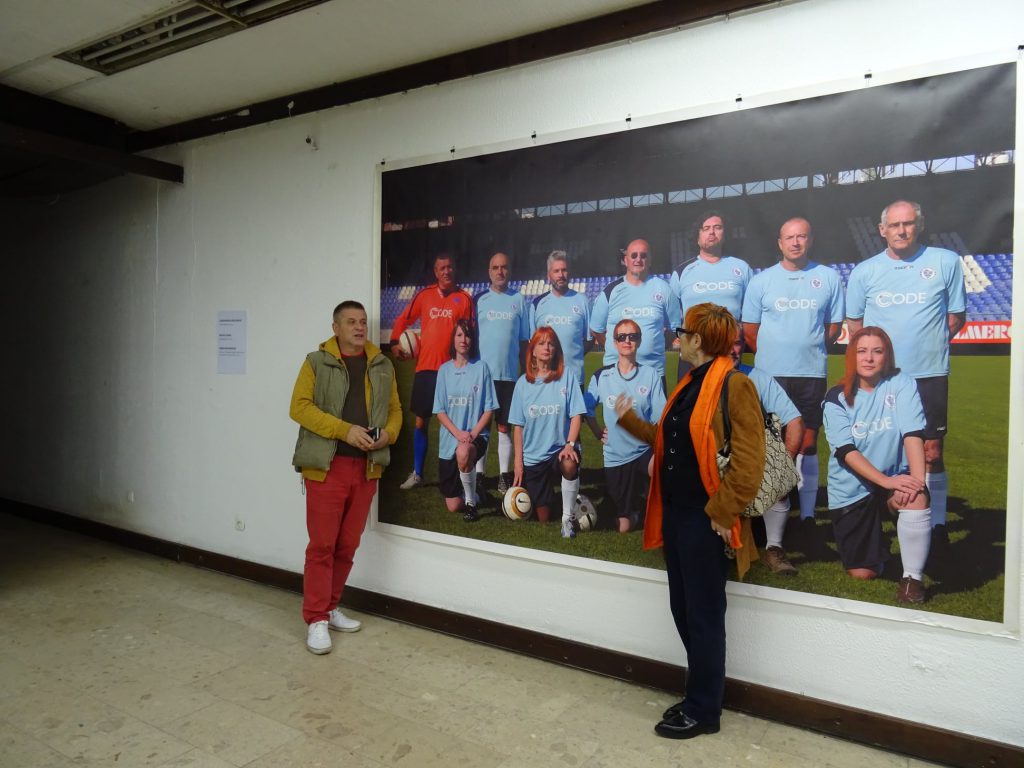
Can you draw a parallel between the media today, with the media from the beginning of your artistic career?
Before the war, it was not easy to get into the media. Established artists mostly appeared in the media, although they did not appear often either. However, at that time there were shows about culture, which presented art in a very interesting and modern way, regardless of the type of art. I still remember several such shows as “Ozone Layer” or a show that was done in Belgrade, “TV Gallery” and such. Now I think the media is much more accessible, although I can’t speak from a young artist’s perspective. The media are more open today, because, for example, Zvono, both as a group and as an association, and the Charlama Gallery, have been covered by the media. Maybe it’s because there are a lot more diverse media outlets today. Yet if we look at it from a different perspective, somehow the media paid more attention to culture before the war than it is the case today. Before, there were shows dedicated to culture and art that were made as some small projects, and today the story about culture in the media comes down to basic information. I think that at least the public broadcasters of B&H should produce more shows about culture that would be permanent, and not just occasional.
You are working together with the well-known journalist from Bosnia and Herzegovina Kristina Ljevak, have you discovered any new possibilities and ways to attract the media to the world of culture through this collaboration?
I certainly learned a lot from Kristina. I have to say, Kristina is a very good journalist. Before we started collaborating, she had ten years of work experience at FTV where she worked in the culture newsroom, for a time also as an editor. When we started working together, she explained to me how the media works, how information is sent to the media and because of that the visits to the Zvono gallery became much bigger than when I did it without her. She really made a small revolution in Zvono. Now Zvono is well covered by the media, she raised it to an enviable level and I thank her for that.
Due to the fact that you still work in the Association for the Affirmation of Culture and Art Zvono and through it you do various cultural events, do you think the media is involved enough in all of this?
Well it can always be better. There is never enough media. Today, however, the phenomenon of the Internet, online media and social networks has emerged, which can be used by anyone and which is the easiest to access. So we at Zvono are trying to adapt to that, because we are aware that the information system is so advanced that it cannot function without it.
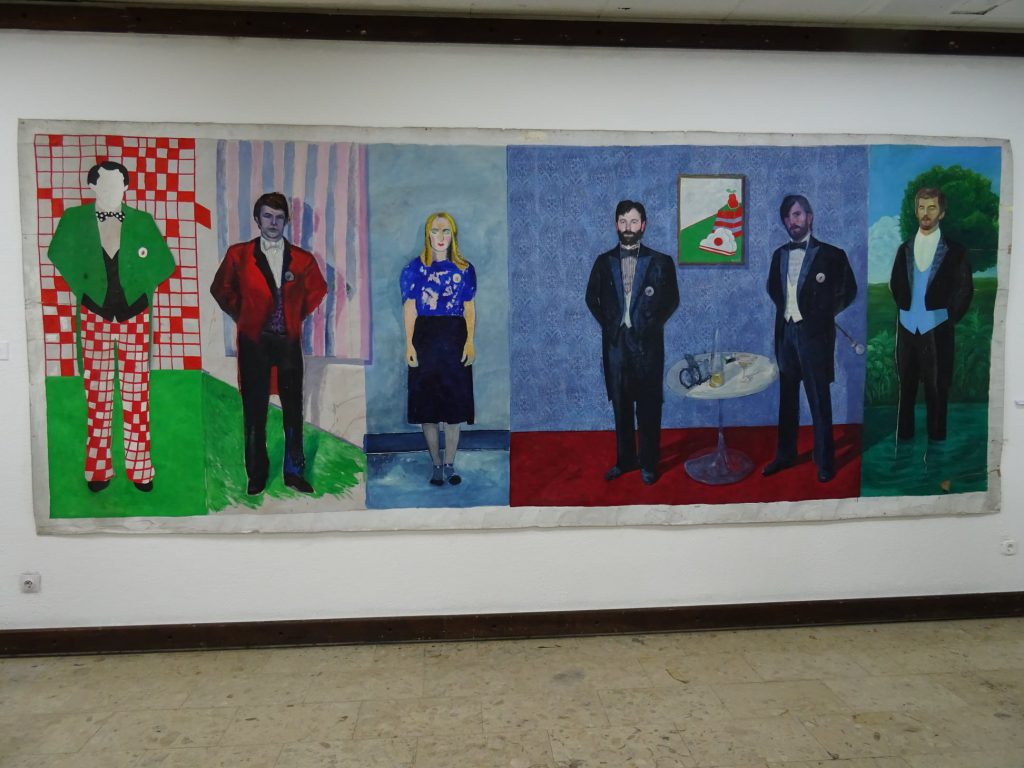
You have always been someone who supports and helps young artists. Is there a new scene of artists today that attracts your attention?
Of course there is. First of all, I would like to single out the group “Ambrosia”. It’s a group that’s been operating for 25 years, so they’re not so young anymore, but they act like they’re young. The products and ideas they produce are truly a refreshment. If I imagined the ideal combination of art projects and the people working on it it would be them, because they work from the heart. I think it is one of the best groups that has ever existed in B&H. Of course, there are more young artists working at the same level as some of the world known artists, but I won’t list them because I’m afraid of omitting someone. Unfortunately, most of them are outside B&H, which did not provide them anything. Thus, B&H is losing one base of strength and energy that youth brings, we will simply lose those people because it is not able to keep them. From what is being done in our society, I would mention the gallery “Brodac”, which brings together young people and has a very interesting and flexible program and which, along with the gallery Charlama and Jusuf Hadžifejzović, Zvono, is a refreshment.
Are you satisfied with the visit of young people to cultural events?
I’m not satisfied. Maybe I can’t evaluate it well, but somehow everything changed compared to the time when I was young. The interest of young people in culture and art is not as it used to be.
What do you think is the reason why very few young people come to cultural events?
Primarily, I think the main reason is education in schools. Not enough attention is paid to subjects like art history and fine arts. In schools where these subjects exist, they are presented as unimportant subjects, which is why young people think that art is not important.

Do you think that the media plays a role in that as well?
Certainly. Especially today in the world of the Internet when young people are bombarded through the media with some other things, sensationalism, so-called celebrities and other irrelevant information. Culture and art should at least parry all that in the media, in terms of content, which is not the case. Art does not have the strength to oppose all these contents and programs that simply drive these young people crazy.
Do you think that the media today are not working enough on their cultural content that might “force” young people to become more active in the culture field?
Exactly. I don’t think that content is enough, and it’s not organized properly. It is not a problem to reach the media, it is not a problem to present it in the media. The problem is that there is unnecessary content that does not deserve to be in the media at all, but they are so aggressive that young people cannot resist it, and then culture falls into the background. On the one hand, the media can help present something with the right values better. On the other hand, the media can be a double-edged sword because they present programs and content that in some way dull young people. The media actually produces generations of robots who don’t think for themselves and live the way the media serves them.

In the end, what would you advise young artists and those who enter the world of media?
It is difficult to advise a young person, if he has not previously acquired some base, some education. First of all, I advise them to read more, to prepare themselves for what they want to be their life’s calling. They should stop thinking that the end of their schooling is the end of learning, because you have to constantly work on yourself, for the rest of your life. And to young people entering the world of media, I can only say that it is difficult to be a journalist with integrity, with your own attitude, opinions and research needs. Not to mention how hard it is to survive in that business and make a living out of it. If young people want to work for the media, and the media in B&H are mostly covered by the political parties and they direct what can and cannot be shown in that media, they have no choice but to accept the current situation. So it is very difficult to advise them. I can only say that they should write for liberal online magazines, write their own liberal texts and I can only wish them luck in all that.
Author: Medina Spahić
This story was produced during the three-month Program for Students of Journalism in the Western Balkans within the framework of the advocacy project “A Better Region Starts with Youth” implemented by RYCO with the support of the Federal Republic of Germany. All journalists’ work is their own and the content of any given article does not represent the opinion of RYCO, and RYCO cannot guarantee the validity and the accuracy of the information that these stories contain.
